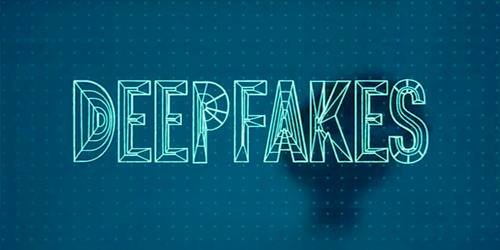Deepfakes are the use of machines (“deep”) to learn to create a kind of fake media content – usually video with or without audio – that is ‘doctoral’ or falsely created to show that someone or a person has done or said anything, which in reality they did not. Although sometimes used for fun memes, in the wrong hands, Deepfakes can create public distress and financial crisis. It is often used to create surveillance or to confront a person in the face of a person, but its capabilities extend beyond that. There are plenty of other applications in this technology. These include manipulating or creating words, movements, landscapes, animals and more.
Photo manipulation was created in the 19th century and was soon applied to moving images. Technology has been steadily improving in the 20th century, and more quickly with digital video. Deep fake technology was created by researchers at academic institutions beginning in the 1990s and later by online community amateurs. The industry has recently adopted methods. Hollywood has replaced real or imagined faces to other actors, for example, reproducing Peter Cushing in the one-of-a-kind 2016 Star Wars: A Story Wars Story, but the technique used complex, expensive pipelines, and face-mounted cameras.
Deepfake content was created using a machine learning technique called GNAN (Generator Advertising Network). Janus uses two neural nets: a generator and a discriminator. They are constantly competing against each other. Although not trivial, it is not so difficult for anyone with average computer skills. As we have seen, where once only a few experts needed extensive resources and expertise, GitHub now has tools that allow anyone to easily duplicate their own deep-shelf computer equipment.
The generator will try to create a realistic image, but the discriminator will try to determine if it is a duplicate. If the generator fools the discriminator, the discriminator uses the information collected to become a better judge. Then, using the given data, the generator resizes the file and sends it back to the Dissimulator for evaluation. This persists until it makes the discriminator feel like a fake file is real.
However, there may be problems with this process. If the discriminator is weak, it can flag a fake image as “real” to create a subpar depth pack too soon. This is called “shallow duplication” and is frequently used in the media. Deep fakes have attracted widespread attention for its use in celebrity porn videos, revenge porn, fake news, scams, and financial fraud. It elicited reactions from both industry and government to identify and limit their use.















